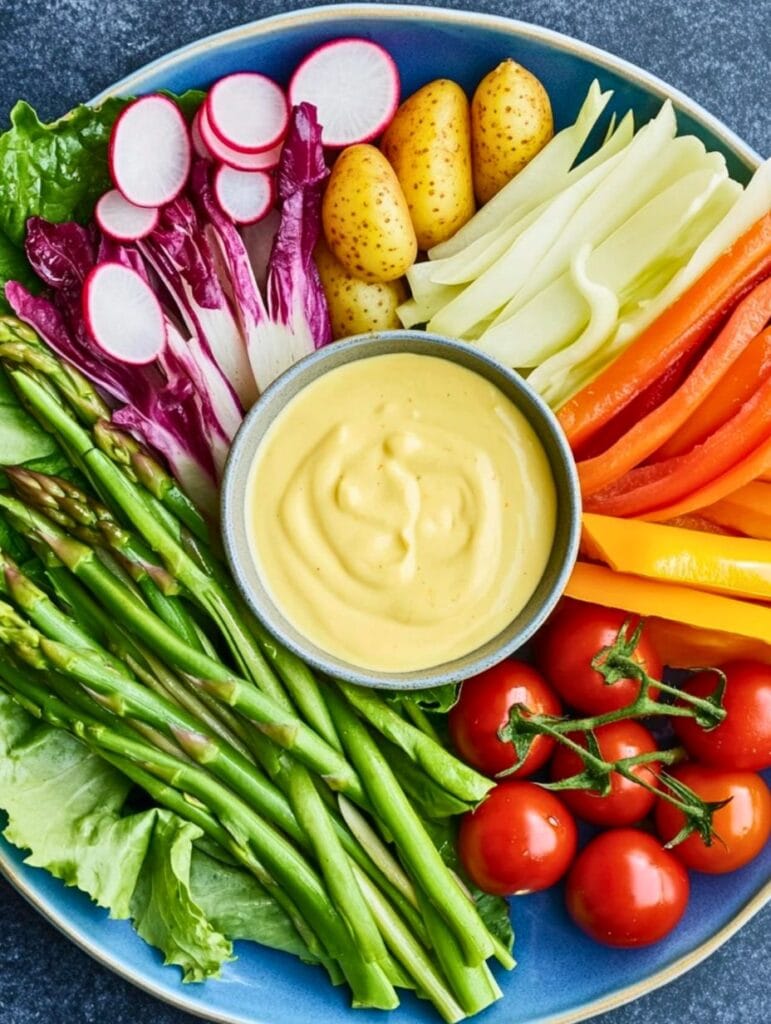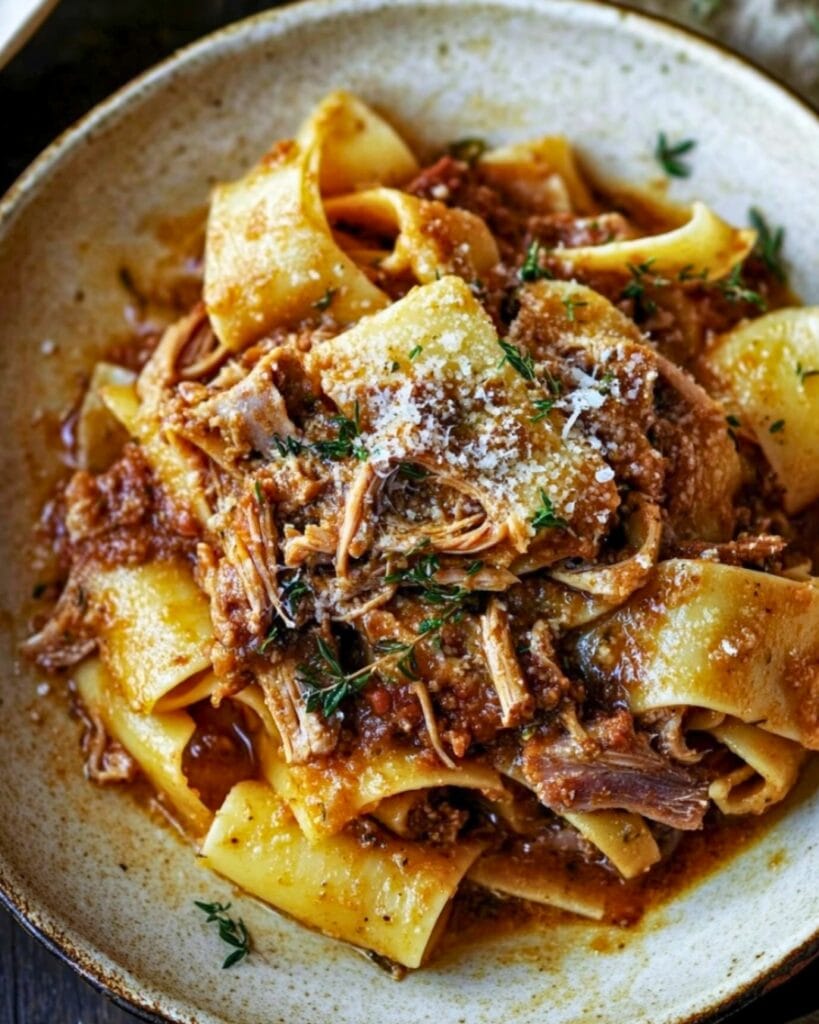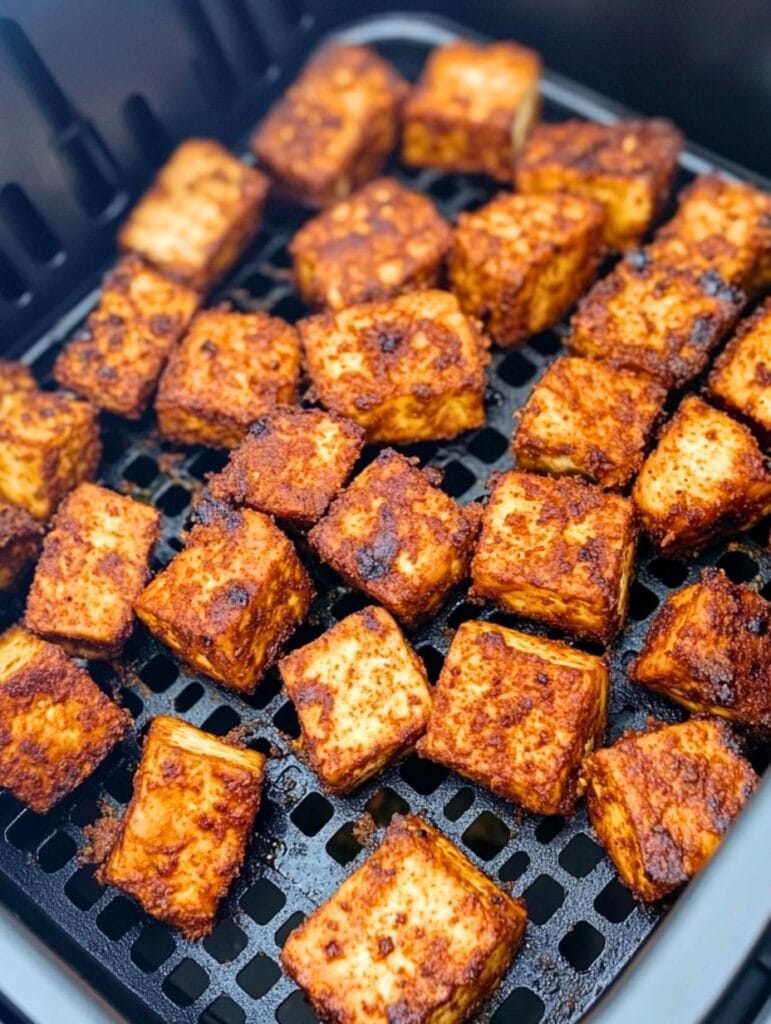Aioli is a versatile, creamy, and garlicky sauce that elevates everything from sandwiches to roasted vegetables and seafood. Making it from scratch means you control the ingredients—no preservatives or unnecessary additives. This recipe is beginner-friendly, teaching you how to create an emulsion with just a few simple ingredients.

Cuisine: Mediterranean
Prep Time: 10 minutes
Total Time: 10 minutes
Servings: 8 servings
Yield: ½ cup
Why You’ll Love Making It
- Rich & Creamy Texture – This aioli is smooth, velvety, and packed with garlic flavor.
- Easy to Make – No fancy equipment needed—just a whisk, a bowl, and a few basic ingredients.
- Customizable – Adjust the garlic, salt, or add herbs and spices for different variations.
- Better Than Store-Bought – Fresher, preservative-free, and way more flavorful than bottled versions.
Ingredients
- 2 cloves garlic, finely chopped – The key ingredient for a bold, garlicky kick. The finer you chop it, the smoother your aioli.
- ⅛ teaspoon kosher or coarse salt, plus more to taste – Helps break down the garlic and enhances the flavor.
- 1 large egg yolk, at room temperature – Acts as an emulsifier, binding the oil and lemon juice together for a thick and creamy consistency.
- 2 teaspoons lemon juice – Adds a bright acidity that balances the richness of the aioli. Fresh lemon juice is best.
- ½ cup mild-tasting olive oil (or ¼ cup olive oil plus ¼ cup vegetable oil) – Olive oil provides flavor, while the vegetable oil ensures a smooth texture without being overpowering.
Instructions
Step 1: Mash the Garlic
Place the chopped garlic and salt in a mortar and mash with a pestle until it forms a smooth paste. If you don’t have a mortar and pestle, place the garlic and salt on a cutting board and use the flat side of a chef’s knife to press and drag the garlic until it becomes a fine paste. This step ensures the garlic fully integrates into the aioli without chunky bits.
Step 2: Whisk the Egg Yolk and Lemon Juice
Set a small bowl on a damp kitchen towel to keep it from sliding. Add the egg yolk and lemon juice to the bowl and whisk vigorously until well combined. This step is crucial for creating a stable base for the emulsion.
Step 3: Slowly Add the Oil
Pour the oil into a measuring cup with a spout for controlled pouring. Whisk the egg mixture constantly while adding just a few drops of oil at a time. As the mixture thickens, increase the oil to a thin, steady stream. If the aioli starts to separate, stop adding oil and whisk rapidly until it comes back together before continuing. The key to a successful emulsion is patience—adding the oil too quickly can cause the mixture to break.
Step 4: Incorporate the Garlic
Once the aioli has thickened to a smooth, creamy consistency, whisk in half of the garlic paste. Taste, then add more garlic or salt if desired. Keep in mind that the garlic flavor will intensify as the aioli sits.
Step 5: Adjust the Consistency
If the aioli is too thick, whisk in a few drops of water or lemon juice until it reaches your desired texture. If it’s too thin, slowly whisk in a little more oil to thicken it. The final consistency should be thick enough to coat the back of a spoon but still spreadable.
Step 6: Store and Serve
Transfer the aioli to a small bowl, cover with plastic wrap, and refrigerate until ready to use. Homemade aioli will keep in the refrigerator for 3 to 5 days. Always use a clean spoon to scoop it out to maintain freshness.
FAQs
Why did my aioli break or turn runny?
Aioli can break if the oil is added too quickly, the egg yolk is too cold, or the mixture is over-whisked. To fix a broken aioli, whisk a fresh egg yolk in a clean bowl and slowly drizzle in the broken mixture while whisking constantly.
Can I make this aioli in a blender or food processor?
Yes! To make aioli in a blender or food processor, add the egg yolk, lemon juice, and garlic paste first. With the machine running on low, slowly drizzle in the oil until thick and creamy. Be careful not to overblend, as this can cause the aioli to become too thin.

 Aliquam in sagittis nulla. Curabitur euismod diam eget risus venenatis, sed dictum lectus bibendum. Nunc nunc nisi, hendrerit eget nisi id, rhoncus rutrum velit. Nunc vel mauris dolor. Class aptent taciti sociosqu ad litora torquent per conubia nostra, per inceptos himenaeos. Aliquam fringilla quis nisi eget imperdiet.
Aliquam in sagittis nulla. Curabitur euismod diam eget risus venenatis, sed dictum lectus bibendum. Nunc nunc nisi, hendrerit eget nisi id, rhoncus rutrum velit. Nunc vel mauris dolor. Class aptent taciti sociosqu ad litora torquent per conubia nostra, per inceptos himenaeos. Aliquam fringilla quis nisi eget imperdiet.



